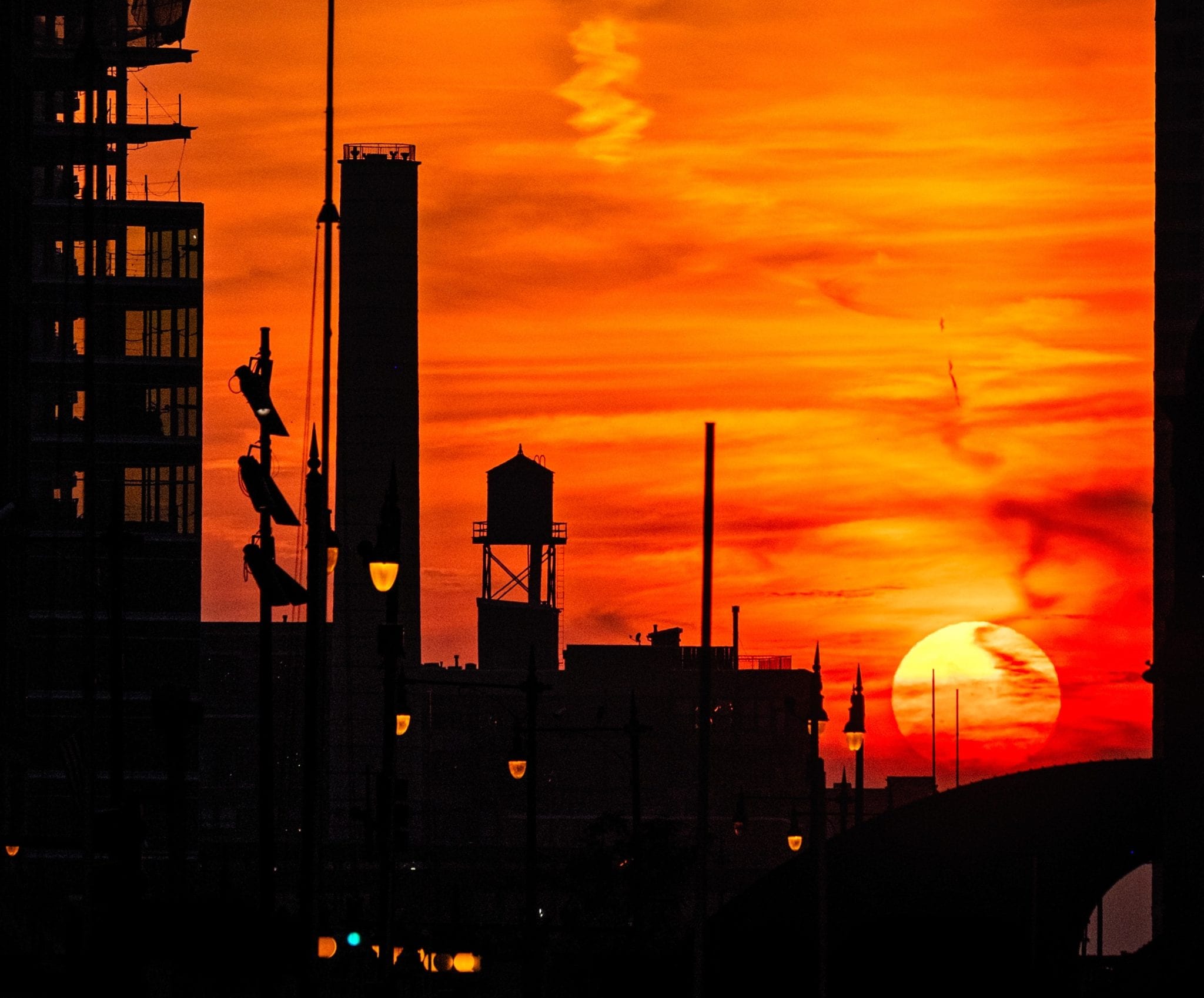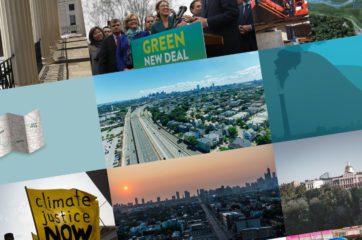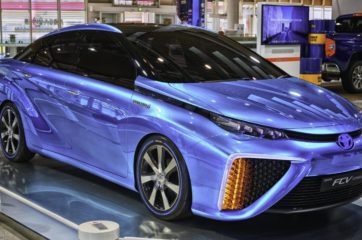BY JACKIE RYAN, June 14th 2018
Summer is here and with it comes record-breaking heat. For about 67% of US households, this means turning on air conditioners to escape the hot weather, but not without a cost. Each year, air conditioners make up nearly 20% of residential energy usage in America, resulting in $29 billion in annual electricity expenses and 117 million metric tons of carbon dioxide emitted. With hotter temperatures more prevalent now compared to half a century ago, our increased reliance on air conditioners not only costs money, but contributes to the very thing it’s trying to mitigate: the heat.
For urban communities where there can be large socioeconomic disparities, the need for cooling systems that are affordable and low carbon emitting are crucial, and one group of young adults may have a solution.
UNLEASHing Potential
Last week, Singapore hosted the second annual UNLEASH Lab. This multi-day event brought together 1000 young adults and businesses from around the world to find ways of reaching the United Nations’ Sustainable Development Goals. The themes for this year included “Food, Health, Education & ICT, Water, Energy, Urban Sustainability, Responsible Supply Chain and Consumption, and Climate Action”. Over the course of the week, participants worked together in small teams, identifying a problem they wanted to address, and working towards a comprehensive solution with the help of businesses leaders and experts.
For one team, warmer and drier climates in New Delhi were a particular concern. They devised a plan known as “Urban Cool” to introduce solar powered evaporative coolers into low-income communities in the hopes of providing a sustainable and affordable cooling option for those in need. Their idea earned them UNLEASH Lab’s “Most Innovative Solution” Award.
What is evaporative cooling?
While solar panels are a relatively new technology, evaporative cooling processes have been around for centuries. Records show that in the 16th century, Leonardo Da Vinci created the first “mechanical air cooler” out of a water wheel and a hollow tube that allowed air cooled by evaporated water to flow into a room. In the early 20th century, evaporative cooling was introduced in California and Arizona. These early cooling systems often utilized fans that blew or circulated air through a wet surface such as a cloth or excelsior pads. These cooling systems were soon mass produced, and by the 1950s had reached markets throughout the United States, Canada, and Australia.
Today’s evaporative coolers have advanced beyond this initial technology, with some manufacturers now outfitting them with solar panels as an energy source. These panels first generate thermal energy that heats up water from a water tank (Figure 1). The water is then used to heat outside air that enters the cooling system and travels through a desiccant wheel. The desiccant wheel dries the air which in turn evaporates water in the final compartment of the machine. By evaporating the water, the surrounding heat is absorbed and results in the cooler air that enters the room.
But why are air conditioners more widely used than evaporative coolers? Too much moisture in the air reduces an evaporative cooler’s efficiency and so it works best in areas with hot, dry climates. Air conditioners, on the other hand, can manage both dry and humid temperatures, but are particularly useful in areas of high humidity because they take away moisture from the air.
Running on renewable energy allows these evaporative coolers produce little to no emissions compared to conventional air conditioners. Most ACs use hydrofluorocarbons (HFCs) as refrigerants to cool the air, but these compound are also strong greenhouse gases that absorb even more heat than carbon dioxide. A study published by the Proceedings of the National Academy of Sciences found that global emissions of HFCs increased by 50% from 2007 to 2012.
Implications
Urban Cool’s solar powered evaporative cooling proposal could have far-reaching implications for densely populated urban areas that lack a reliable energy grid. Over half of the global population currently lives in urban areas, 22% of which in areas with one million or more residents. Not only will high population density cause concern for energy and resource management, but cities are also susceptible to what’s known as the “urban heat island effect.” Cities capture the sun’s radiation more so than rural landscapes because there are more people, more roads, and more traffic. In addition to this, they often lack the forests or greenways that can help regulate these temperatures. All of this excess heat and energy produced contributes to a 2-5 ℉ increase in temperature during the day compared to non-urban areas.
In urban environments where hot, dry temperatures are experienced year-round, evaporative cooling systems can provide a cleaner and cheaper alternative to conventional air conditioners. As the team behind Urban Cool highlighted during their presentation, this is imperative for low-income communities living in drier climates such as those found in Delhi. While Urban Cool may only be a concept now, it is an encouraging step towards protecting vulnerable communities that could be deeply impacted by rising temperatures. The project also poses possibilities for cities experiencing an increased frequency of heatwaves and prolonged summer seasons.
 JACKIE RYAN COMMUNICATIONS FELLOW
JACKIE RYAN COMMUNICATIONS FELLOW










